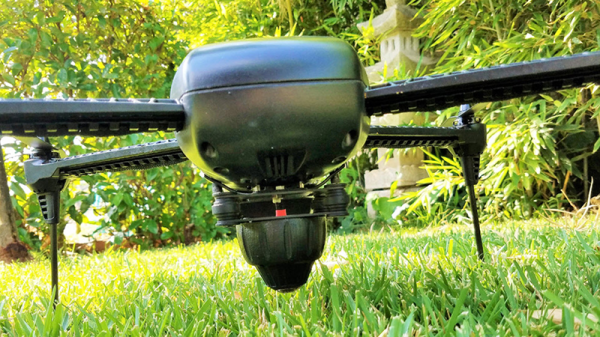One of the problems with a cheap drone is getting good video, especially in real time. Cheap hobby quadcopters often have a camera built-in or mounted in a fixed position. That’s great for fun shots, but it makes it hard to get just the right shot, especially as the drone tilts up and down, taking the camera with it. Pricey drones often have a gimbal mount to keep the camera stable, but you are still only looking in one direction.
Some cheap drones now have a VR (virtual reality) mode to feed signal to a headset or a Google Cardboard-like VR setup. That’s hard to fly, though, because you can’t really look around without moving the drone to match. You can mount multiple cameras, but now you’ve added weight and power drain to your drone.
MAGnet Systems wants to change all that with a lightweight spherical camera made to fit on a flying vehicle. The camera is under 2.5 inches square, weighs 62 grams, and draws less than 3 watts at 12 volts. It picks up a sphere that is 360 degrees around the drone’s front and back and 240 degrees centered directly under the drone. That allows a view of 30 degrees above the horizon as well as directly under the drone. There is apparently a different lens that can provide 280 degrees if you need that, although apparently that will add size and weight and be more suitable for use on the ground.
The software (see video below) runs on Windows or Android (they’ve promised an iOS version) and there’s no additional image processing hardware needed. The camera can also drive common VR headsets.
Continue reading “A Drone Photosphere Is Worth 4000 Times Pi Words”

















